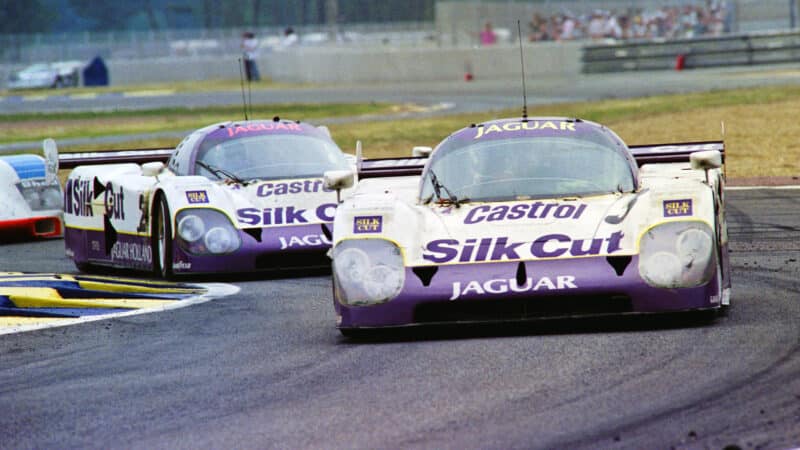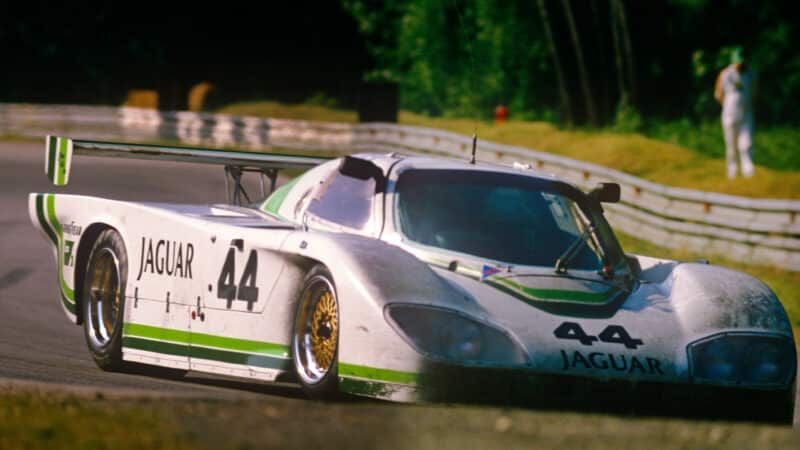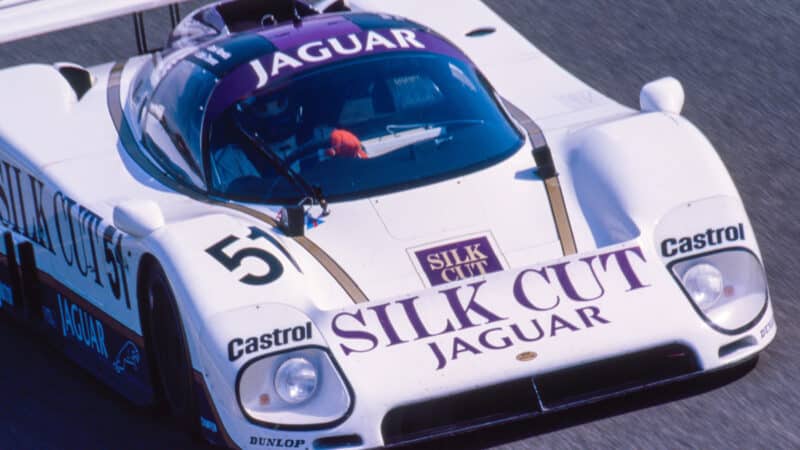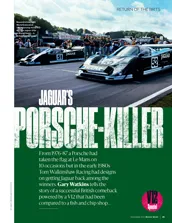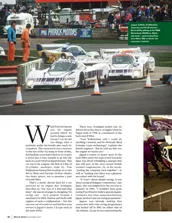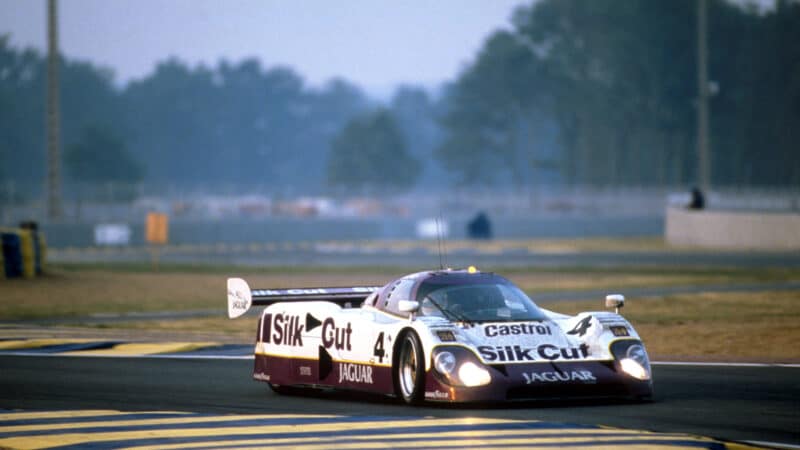But at Le Mans in 1984 against the fully developed Porsche 956 it stood no chance despite a driver line up including Brian Redman in one car and John Watson in the other. In qualifying the quicker of the two was still 17 sec off the pace of the pole-sitting Lancia LC2. “Sadly, we just couldn’t get near the Porsche,” Redman told me. “The XJR-5 was a good car, but we were up against the most successful sports racing car ever built.”
“The Group 44 team were very impressive,” he continued, “the cars were the best turned out on the grid and immaculately prepared but really taking on a car designed by Porsche and to do so with a normally aspirated road car engine was never going to be an equal fight.”
The two cars were back in 1985, now over 20sec from pole and while one car driven by Tullius himself sharing with Chip Robinson did complete the race, it came home in 13th place, 50 laps down and minus one of its twelve cylinders. Winning the GTP category came as scant consolation given that the Jaguars were the only cars entered therein…
Besides by then Tullius knew the adventures at Le Mans with Jaguar were over. Jaguar had decided to continue the campaign, but contracted the work out to TWR instead. If Tullius was bitter he did a fine job of disguising it. “While I was disappointed that TWR was given the job, I wasn’t surprised,” he said. “I guess it would have been a little odd for an American team to do a works Le Mans programme for a British manufacturer.” He instead developed the XJR-5 into the composite chassis XJR-7 which raced in IMSA with some success for another couple of years.
